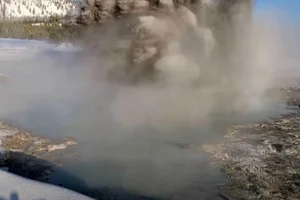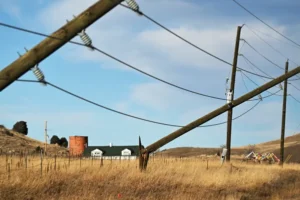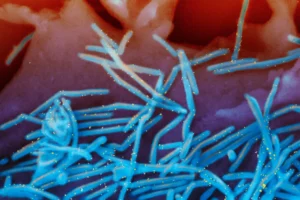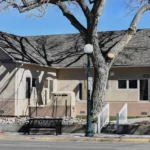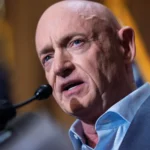WOMEN YOU SHOULD KNOW IN WYOMING: Native American Museum Curator Provides Indigenous Perspective
Hunter Old Elk leverages her ancestry, East Coast education at Plains Indian Museum in Cody
- Published In: Other News & Features
- Last Updated: Feb 08, 2023
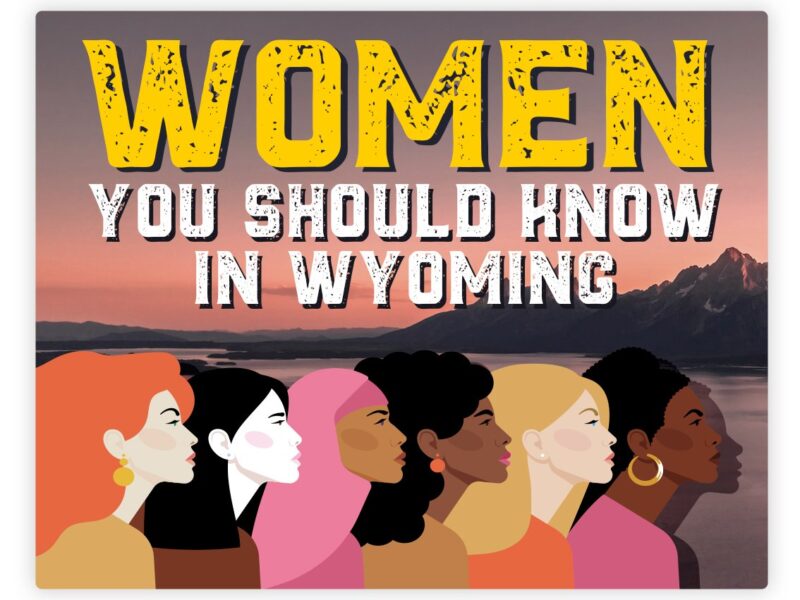
By Elizabeth Sampson
Special to the Wyoming Truth
When Hunter Old Elk moved to the East Coast for college, she felt a bone-deep longing to return home to the Mountain West.

“Something on a molecular level said, ‘You need to be back into the mountains,’” Old Elk recalled. Mount St. Mary’s University was located in Maryland, just outside Washington, D.C., and the crowded urban environment and the fast-paced lifestyle were vastly different from her upbringing in Montana.
“Open spaces weren’t like the open spaces we were used to,” Old Elk said. “Cordial, good Western values were not there. It was really unusual to sit down and just start talking to a stranger.”
In 2016 after earning a history degree, Old Elk answered the call of the mountains and accepted an internship at the Plains Indian Museum in Cody. While she didn’t return to her hometown of Garryowen, Mont. on the Crow Indian Reservation, Old Elk, who is Crow and Yakama, explained that the land we consider Wyoming has been a territory of many tribal nations with occupation dating as far back as 26,000 years.
“My people have been in this region for the better part of 1,000 years,” Old Elk said, who is also known as Bía Basaane, or Woman In The Front in her Crow community. “The Cody area specifically is the territory of the Crow people traditionally, so moving here is a sort of reclaiming a part of that in one way or another.”
Now the 29-year-old has made a place for herself at the Plains Indian Museum, turning her internship into a full-time job as the assistant curator. In this role, she shares and cares for the art and history of the region’s native people—including her own ancestors.
“Of course, it was the art that drew me, but it was also being able to work as a catalyst for many tribal nations whose collections are in museums,” Old Elk said. “We talk a lot about the role that representation has. Being able to have the cultural capital to work in the museum and connect with tribal entities is phenomenal.”
Returning artifacts to their “culture keepers”
Old Elk first learned about Native art and culture from her parents and grandparents—ranchers who were skilled in traditional beadwork, dressmaking and rawhide work.
As assistant curator, Old Elk helps with the museum’s 10,000 collections. A typical day may find her researching an item, answering questions from the public, preparing an exhibit for display or doing advocacy work. The museum is part of Cody’s Buffalo Bill Center of the West, which includes five museums and a research library.
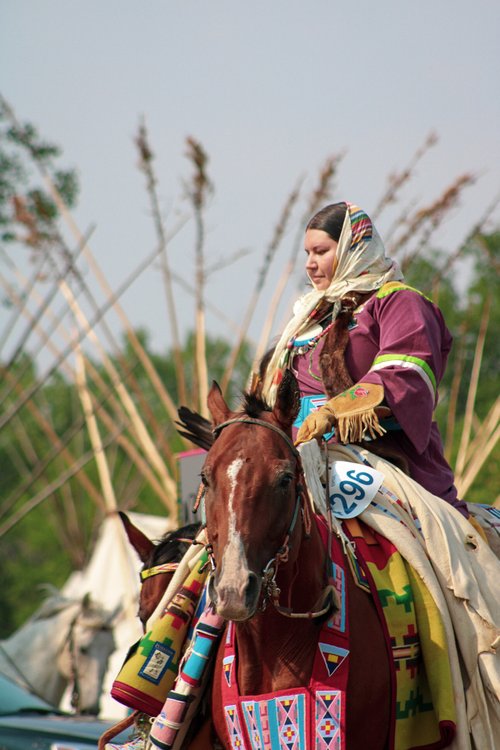
While the Plains Indian Museum displays items from Plains Indian tribes—those who inhabited the area from the Rio Grande River to the Saskatchewan River—it also houses collections from tribes throughout the United States and Canada. Those collections include clothing, tools, accessories, weapons, status items and ceremonial pieces.
“There are probably a little over 700 living tribal nations in the United States and Canada, and we are subject to their rights, their sovereignty, to their direction and their care,” Old Elk said.
Tools or storage cases are the pieces Old Elk cherishes most, but she also loves the beauty of beaded gauntlets.
A 1990 federal law—the Native American Graves Protection and Repatriation Act—governs the process of returning items from a federally funded museum to a tribe. When requested by tribes, these institutions are required to return human remains, funerary objects, sacred objects and objects of cultural patrimony.
“It’s compliance, but it’s also an ethical responsibility,” said Old Elk said, noting she is
proud to have helped return artifacts “into the care of their culture keepers.”
As honored as she is to represent a Native American perspective within the museum community, it can be an emotional burden to carry so much cultural responsibility.
“There’s the heaviness of wanting to thoughtfully and authentically represent tribal nations and doing it to the best of my ability, and not wanting to do injustice to them or their collections . . .,” Old Elk said.
Heather Bender, the Native education outreach specialist at the Center, praised Old Elk for being “part of the conversation” and “making sure the right people are at the table.”
Old Elk wants people to speak for themselves: “It’s not enough for me to be a curator or a Native person advocating on behalf of other people. If I am advocating for the story of the Shoshone people, Shoshone people need to be there. That’s not for me to represent their story as a Native person.”
What’s more, she values life experience. “We can’t equate a PhD with the lived experience of an 80-year-old elder who has lived the life, versus somebody who’s only learned the story about the people through books,” Old Elk said.
Connecting with students

Old Elk enjoys working with students—and she is not one who scolds them not to touch. Instead, she shows them it is OK to have fun.
“They are freethinking, they are unapologetic in the way they view the world, and even physically they view things in a different way,” she said. “If you get a student who is 2-foot-7, they are going to see something visually differently. I’ve learned so much about the collection just freely listening to students.”
Cody teacher Stephany Anderson said Old Elk always has enlightening conversations with her high school students when they visit the museum.
“She speaks in a way that students understand and can relate to,” Anderson said. “She has done phenomenal things to bring the museum from being a place where you saw the history of Native Americans to being a place where you see the contribution of Native Americans in our lives today.”
Old Elk’s volunteer work focuses on uplifting Native American students academically and professionally. She is an active supporter of Biiluuké Strong, a youth organization in Crow Agency, Mont.; a board member of Native American Jump Start in Jackson Hole; and a former board member of St. Labre Indian Schools in Montana, which provides scholarships for higher education. This scholarship was key in funding Old Elk’s undergraduate education, as well as her current master’s degree program in cultural heritage management at Johns Hopkins University.
Old Elk values supporting Native American students just as others supported her.
“That’s been a key component of where I’ve gotten—having true, authentic mentors,” she said. “I credit all my successes to the people around me, and my ancestors, too.”


